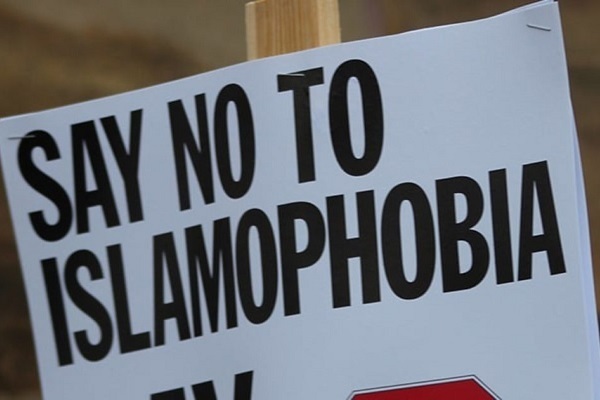‘Worrying’: Islamophobic Incidents Hit Record High in Austria, Report Says

The annual report, available on the center's website, points to a surge in cases following the Israel-Hamas war that started on October 7 of the previous year.
The latter part of the year, from October to December, saw more incidents than the first nine months combined, with schools emerging as the primary setting for these reports. Incidents in educational institutions were noted by students, teachers, and parents alike.
The report breaks down the incidents into online and offline categories, with 66.7% occurring on the internet and 33.7% happening in person, Anadolu Agency reported.
Read More:
Online cases predominantly involved the spread of hate, accounting for 87.8% of such incidents. The report highlights the dehumanization of Muslims in online discourse, where they were often likened to animals.
In terms of specific types of incidents, 40.8% involved unequal treatment, 19.5% were insults, 8.9% related to the spread of hatred, and 2.6% included physical assaults.
Other reported categories included vandalism (7.5%), police violence (7.3%), dangerous threats (3.2%), incitement to hatred (1.8%), bullying and stalking (0.8%), and miscellaneous (7.7%).
Read More:
The documentation center cautions that these figures represent only a fraction of the actual situation, suggesting that the true number of Islamophobia cases is likely much higher.
The report describes the trend as a "worrying development" that is contributing to societal divisions.
Source: Agencies



